When you hike 1000km you become a bit obsessed with your backpack and packing skills. By the end of Hiking the Israel National Trail, I’d made all the classic errors while working out how best to pack to save time and strain on my body. Here are my top tips on how to pack a hiking backpack like a pro……
ALSO CHECK OUT:
- 22 tips for long distance hiking
- Complete guide to wild camping in the UK
- Tips for staying warm when camping
Before we start….
If you are new to this blog, I’m Bex Band – a full-time UK adventurer and founder of the women’s adventure community, Love Her Wild. I’m on a mission to make getting outdoors and going on adventures as easy as possible. You can read more about me here.
If you have any questions, please do use the comments box below. And for ongoing tips and inspiration on camping and adventure, make sure you follow me on Facebook and Instagram. I’d appreciate it 🙂
#1 Get rid of too-small stuff sacks
To think of all the hours I spent trying to get my sleeping bag and roll mat to fit back into the tight fighting stuff sacks. Then one day I had a revelation and decided to not bother and to just throw it straight in the bottom of my bag. It was the best discovery of my life. There’s a bit of debate around stuff stacks as some say it protects your items….I’ve damaged a sleeping bag trying to stuff it in a sack though so I stand by not using them. Not only does it save time and effort but I found it actually took up less space in my bag as stuffed bags are such an awkward shape.
#2 Waterproof everything
You can use a waterproof backpack cover but I prefer to use 1 large sturdy dry sack which I put in the main part of my bag. I then know that everything is waterproof and safe without needing to stop and get a cover on if it starts raining.
#3 Put your sleeping stuff in first
The bottom of my bag is saved for my roll mat and sleeping bag which is always the last thing you’ll need access to at the end of the day.
#4 Leave your PJ’s in your sleeping bag
Throwing your PJ’s (I usually wear base layers which double up as evening clothes) in the bottom of your sleeping bag is another quick time saver. It keeps them away from your smelly hiking clothes and easy to grab when you set up camp in the evening.
#5 split everything using smaller stuff sacks
I have different coloured stuff sacks to help me organise things in my bag. It also adds extra waterproof protection. I have one for clothes, another for cooking items, first aid kit and then one for odd bits (battery packs, toiletries, gaffer tape, etc).
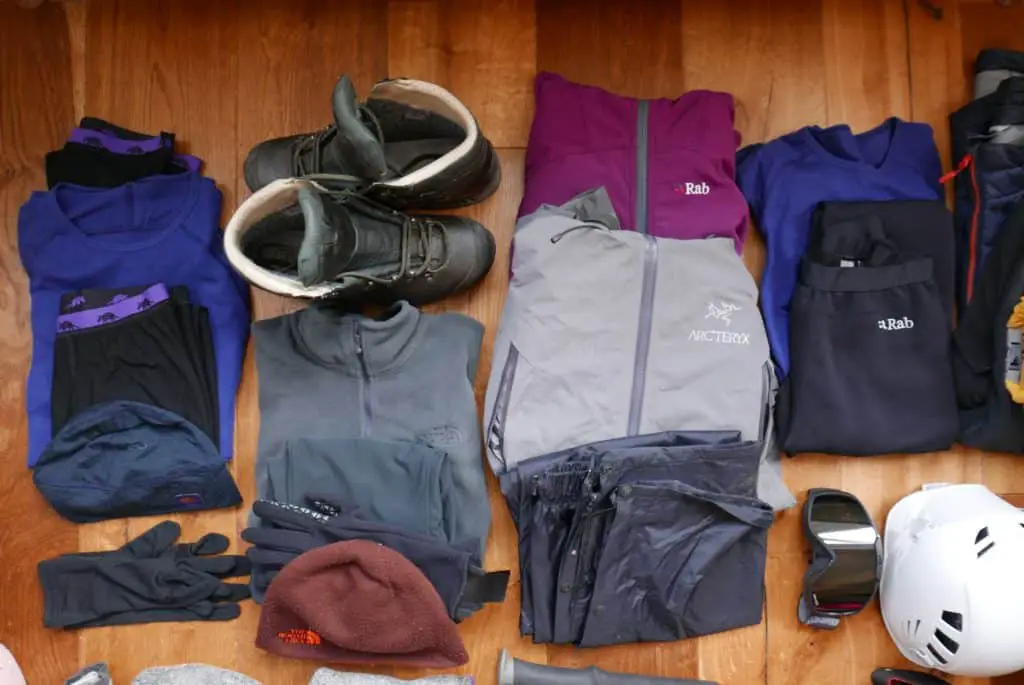
#6 Keep your snacks in your strap pockets
Most backpacks come with handy strap pockets. This is where I keep snacks which are easy to grab throughout the day when I need an energy boost.
#7 Keep the top pocket for essential items
In the top of my bag goes the essential items that I might need to grab throughout the day. That includes first aid kit, head torch (in case you end up walking/arriving at camp when it’s dark) and shovel. At the top of my main section in the backpack, I always have a fleece and warm hat for easy access when I take breaks, as well as my waterproofs.
#8 Get a holder for your map
If using a map, I’ve found it really helpful to have a map case with a strap that I can then attach securely to my rucksack. You can then tuck it under one of the bag straps without worrying about it falling out and losing it. This is much easier than having to get it in and out of a pocket all the time.
#9 Get the weight distribution right
The biggest learning curve when learning how to pack a backpack is packing too much. The second biggest is distributing it well.
A badly distributed bag can really hurt your back. You are aiming to have the weight evenly distributed with the heavy items closest to your back and central. This allows you to tightly secure your bag with the weight predominantly on the hips (using the hip straps). The worst place to have heavy items is in the top or on the outer sections of the bag as this will pull your shoulders back.
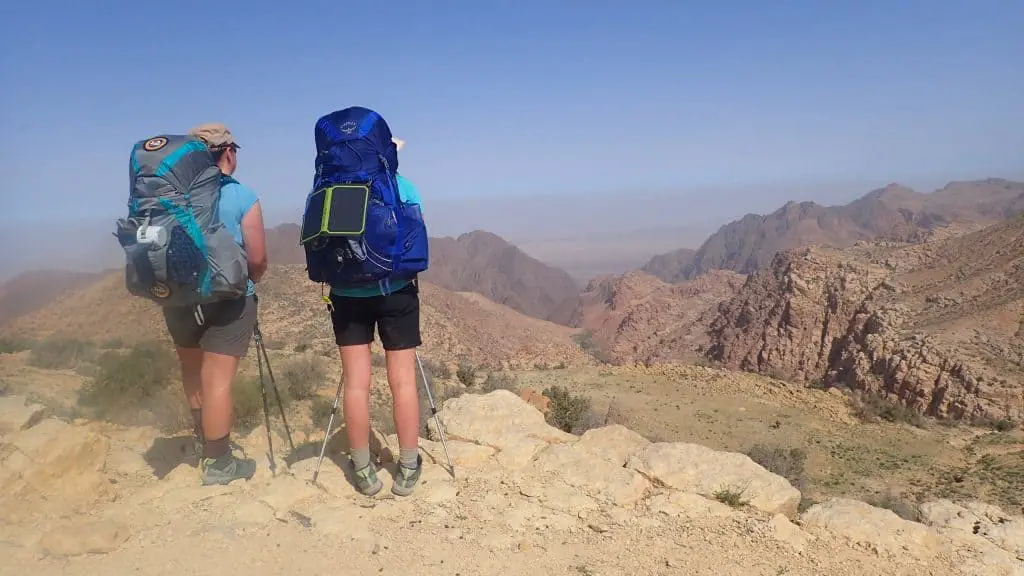
#10 Use a hydration system
Although they can be fiddly to fill up having a hydration bladder is the easiest way to drink as a hiker. It also really helps with distributing weight in the bag. Water will likely be one of your heaviest items so you can put the bladder right up against your back in the main pack and lower down as you won’t need access to it regularly.
#11 Pack before you go to bed
Before sleeping I get my bag organised for the next day. I fill up water and replenish my snack pockets. This makes getting going in the morning when you are sleepy and often most demotivated so much easier.
How to pack a hiking backpack
Do you have any tips or advice you’d add to the mix?
If you found this post helpful, follow me on Facebook, Twitter and Instagram. Or you can subscribe to my YouTube channel. I give all my advice out for free on my website. If you want to say thanks, you can buy me a coffee!
*Any women reading this?* I founded a women’s adventure community called Love Her Wild . Check out our private Facebook page and see what adventures we have coming up.

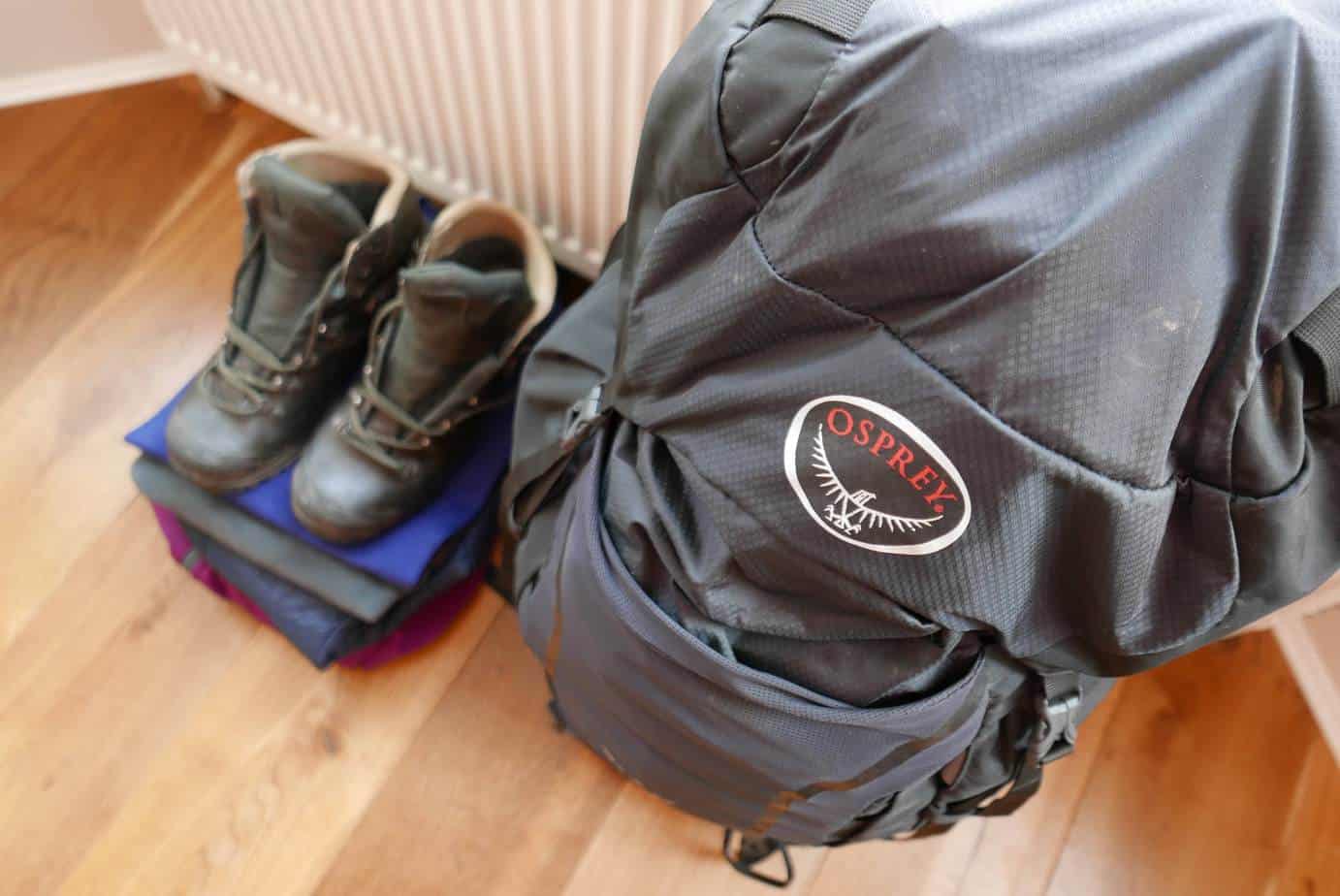



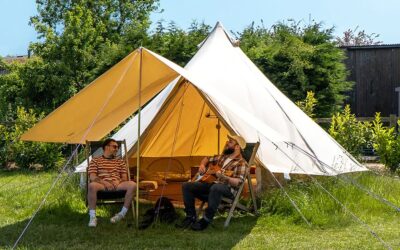
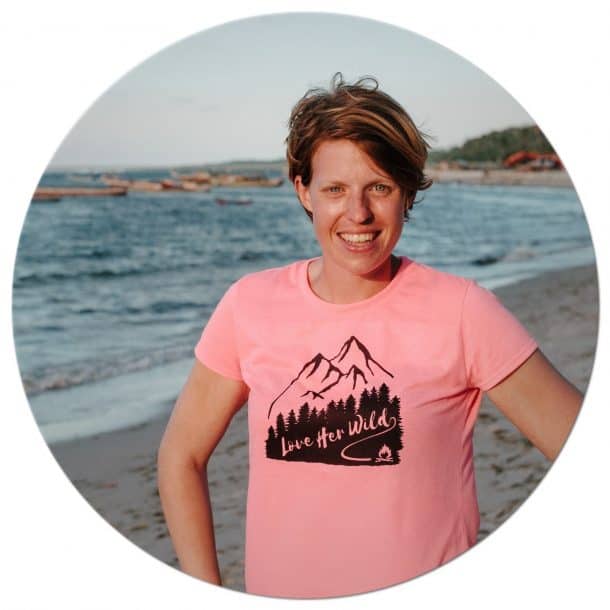
Hi, I found this very informative, I am planning on doing the INT in Feb and March 2020,,,,so will ask questions….
Thanks
Gavin
Fantastic! You’re in for a treat 🙂
Good advice looking forward to wild camp when things ease off maybe July ? Walk the cammino francese to Santiago wanted to do the Apalachian trail this year but no go maybe next year?im retired person so have plenty of time on my hands Buen cammino
Thank you. It hasn’t been clear yet if wild camping will be allowed in July but fingers crossed! Those are 2 hikes I’d really love to do myself one day 🙂
What maps did you use, paper or electronic?
For most of my treks, I used a guidebook that had all the maps in. Plus a phone with maps on as a backup. The only exception was hiking the Jordan Trail as no maps exist – for this I used a GPS for navigation which was a bit tricky but I managed!
Dear Bex,
Very informative thank you so much.
I am going to be 61 and my son who has traveled quite a lot wants me to do a 5 weeks Isreal trek.
I would love to do the trip but am a bit worried about the weight of the rucksack to carry also I would so love to achieve this trip and would hate to fail the challenge!
Do you have any tips for an older potential hiker?
Thank you and very best wishes,
How exciting! I think the best chance of completion you can give yourself is to just take it slow, especially in the beginning. Shorter hiking days will give your body a chance to adjust and get used to the weight of the bag.
I’ve had lots of older readers get in touch to say they’ve done the trek so I hope this won’t put you off.
You can also plan in the North to stay in hotels or B&b’s once in a while which will give you a bed and hot shower for the night – this should help take the strain off the body.
I hope you make it 🙂
Hi Bex,
Very nice article. I found your tip about packing the sleeping bag very interesting. I will try it out for sure next time 🙂
What was suggested to me when I was buying my first sleeping bag ever is – NOT to fold it and pack it but rather stuff it in the sack, slowly pushing in bit by bit to fill the gaps. I’ve been doing it like that since and I find it quite practical.
Stuffing the bug at the bottom of the backpack though has some additional positive aspects.
Keep on posting good stuff
Cheers
Hi Bex,
I´m happy finding your site. It is very informative. I´m also an older female hiker (62). My first experience was a section of the TA in New Zealand. Some day I´ll continue. But now the corona situation doesn´t make it easy to go tho NZ.
So I`m thinking about hiking the Jordan Trail or the INT. Depending of my business I´m only free an January an February. Is this a possible season to hike one of those trails?
Thank you for your advice!
Gertrude (Austria)
Sorry I missed your message! It’s not a good time to hike in the desert because of risk of flash flooding but you could do the either trail in the south sections during this time. In my opinion though you’d be missing the best part of the trails!!